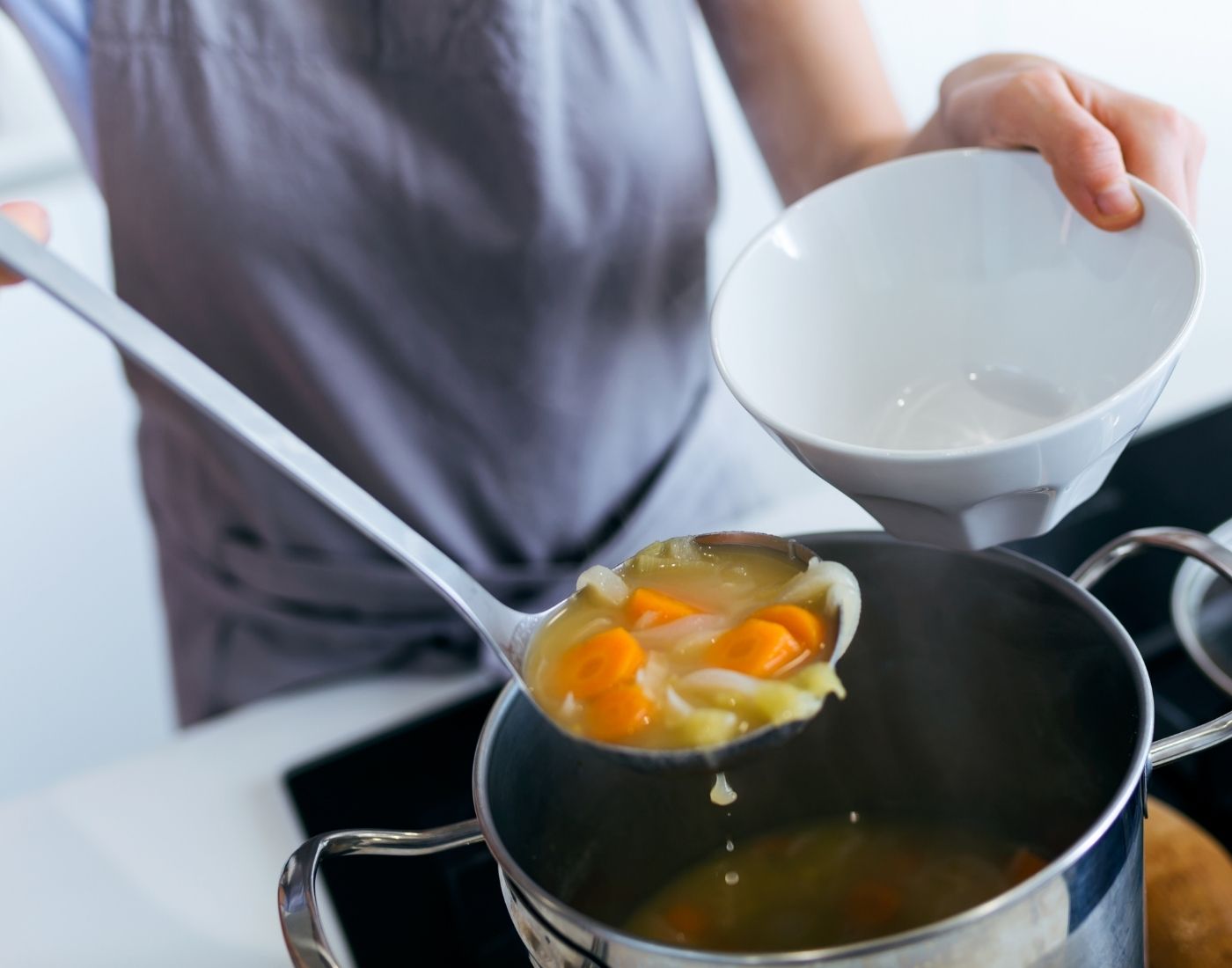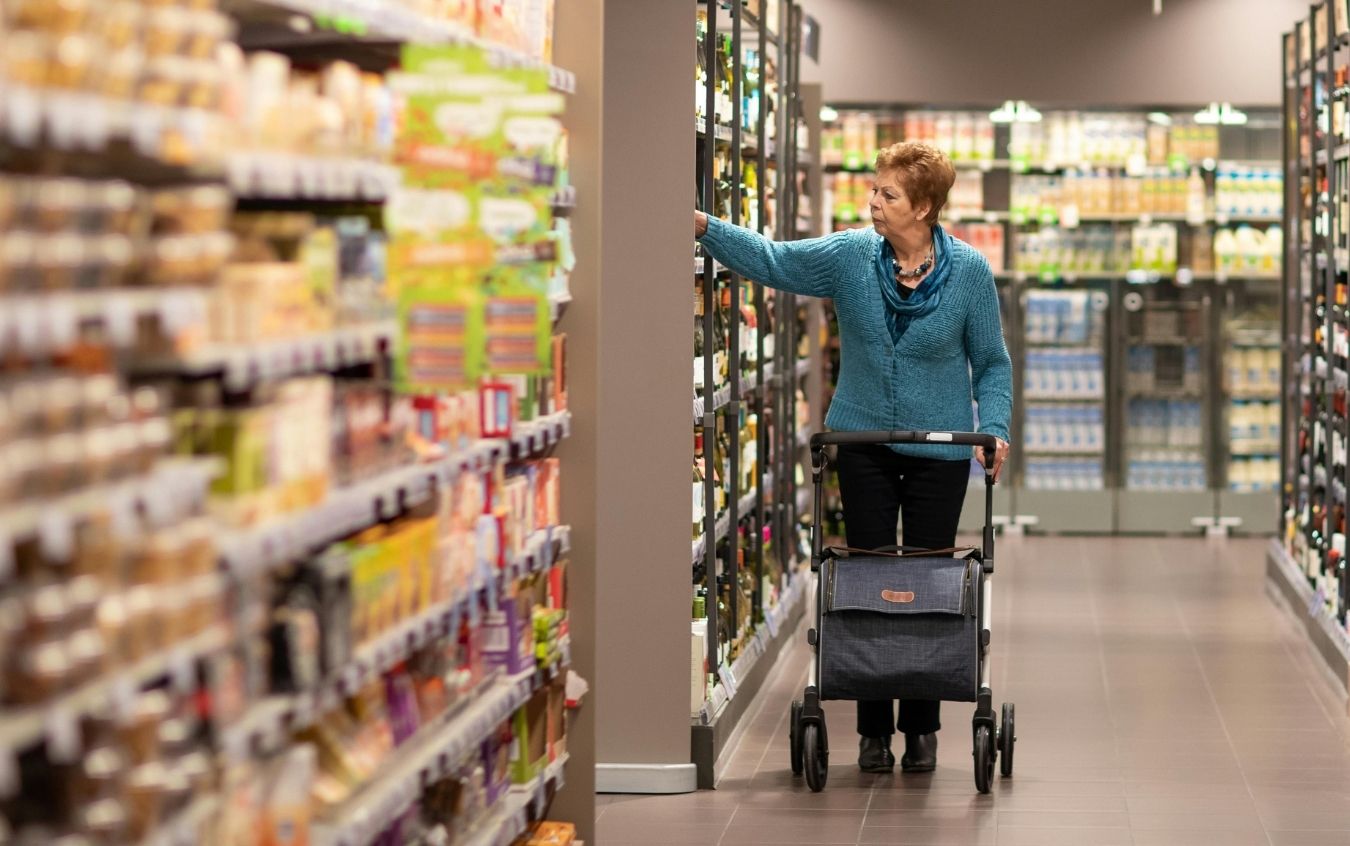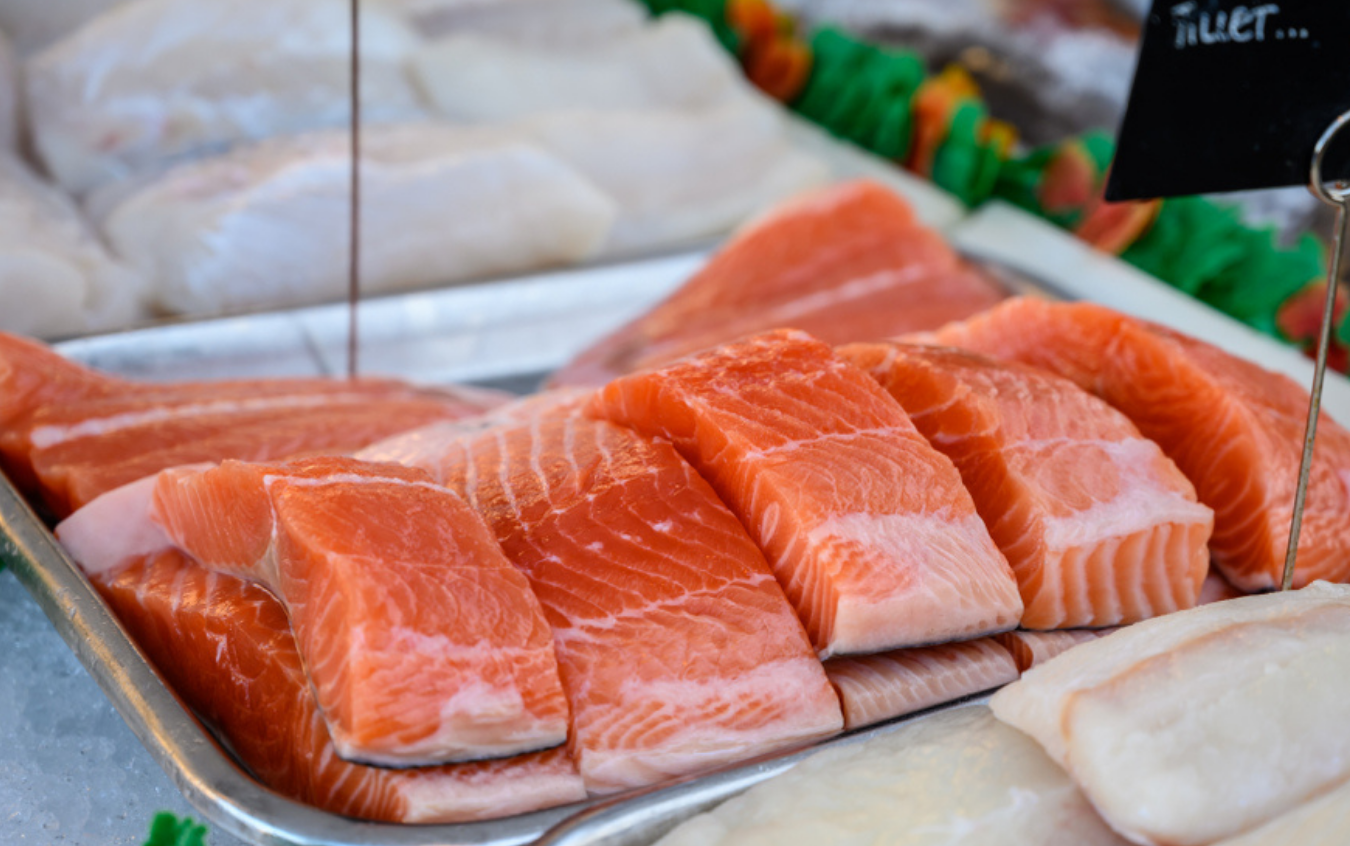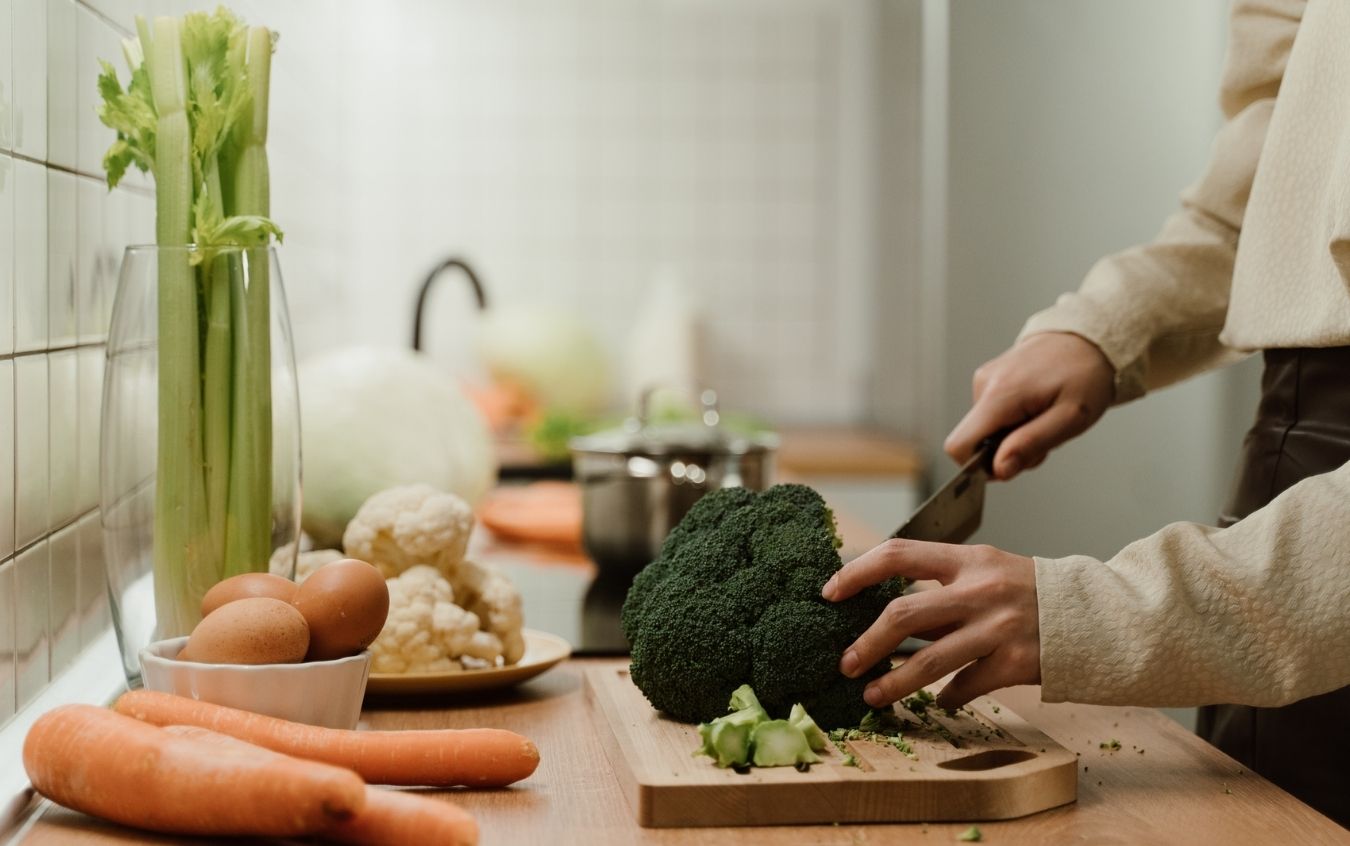Eating sustainably is important for both our health and the planet, but it can feel overwhelming at times. However, small, manageable changes like reducing your red meat consumption can have a big impact.
Sustainable eating
A healthy, balanced and sustainable diet focuses on supporting our health, whilst reducing our impact on the environment

Sustainability and a healthy diet
Shopping habits
How you shop can also help the environment. Meal planning and using shopping lists can help you stick to what you need and help prevent food waste. Other ways to eat more sustainably are:
- remember to take your re-usable shopping bags when doing the food shop
- avoid excess packaging if you can, and recycle where possible
- buying in bulk and batch cooking can also help waste less
- Scotland has great tap water so you may wish to avoid buying bottled water where possible so remember your re-usable bottle to fill up on the go

Red and processed meat
Red meat is any meat that is dark in colour, such as beef and lamb. While pork is also classed as a red meat, it often has a lower environmental impact. Processed meat has been cured, smoked, salted, or otherwise preserved in some way, and includes bacon, burgers, sausages, hot dogs, salami, ham and pepperoni.
Scotland is facing a climate emergency. If you already eat a lot of red or red processed meat, one thing you can do to help both the environment and your health, is to eat less.
'A lot' of red or red processed meat is more than 70g each day, which is around two slices of roast beef or two sausages. 70g of red or red processed meat might seem a small amount, but you could have a slightly larger amount 2-3 times a week.
If you already eat less than 70g a day, you can still reduce your red and red processed meat intake if you want to. The swaps below will help you do this in a healthy way, and you can check out our vegetarian and vegan page for more information on eating less meat.
You don't need to make huge changes straight away, starting off slow is easiest. Try a meat free day, a meat free meal, or having a smaller portion of meat- small changes over time can add up to a big impact.
Eating less processed meat is also good for your health, as it can often be higher in fat and salt than some other protein sources. Red and red processed meat can be swapped for a number of other foods:
- for meals such as chillies, curries and casseroles you could use less meat. Instead add extra vegetables such as carrots, peppers or mushroom
- bulking out sauces with extra vegetables can help you reach your 5 a day, increase your fibre and make meals go further
- eggs are a great source of protein, and can be added to a salad, sandwich or wrap instead of meat
- beans and pulses, for example lentils and chickpeas, are high in protein and one 80g portion counts towards your 5 a day
- these could be added instead of meat, or alongside meat (half and half) to bulk out meals like curries pasta dishes, chilli or shepherd’s pie, helping them go further
- if you normally have red and red processed meat on your sandwiches, try replacing with egg, fish or hummus with sliced vegetables like peppers and cucumber
It can be tricky to eat less red and red processed meat products when eating out, as menu options are often based on these types of meals. When having a red meat dish, you could try opting for a smaller portion or sharing a meal. If you're having red and red processed meat-based meals when eating out, try reducing the amount you eat at home, for examples having a meat free day.
Seafood
t's recommended that you should eat at least 2 portions (140g each) of fish per week, one of which should be an oily fish.
Enjoy seafood sustainably by:
- where possible, choosing sustainably sourced fish
- looking for a blue MSC label is a great place to start, as this shows a fish has been caught in a sustainable way
- choosing a variety of seafood, as mixing it up helps reduce pressure on popular species like cod or salmon.
- eating tinned sardines, mackerel, and herring as they can be affordable and long lasting
- using fish in smaller amounts in dishes like fishcakes, pasta, or stews to make it go further

Fruit and vegetables
Here are some ways you can enjoy your 5 a day more sustainably:
- tinned or frozen options, such as tinned pineapple or frozen peas, last longer and can help reduce food waste. They're also usually cheaper than fresh
- shop for fruit and vegetables that are in season if you can, these are farmed locally and don't travel long distances to reach us
- sometimes supermarkets sell ‘wonky’ fruit and vegetables for cheaper, which helps prevent food waste as well as saving money
- choose loose fruit and veg rather than pre-packed – it cuts down on packaging and lets you buy only what you need.

Dairy and non-meat alternatives
Incorporating dairy alternatives and non-meat options into your meals is a simple way to support the environment. With plenty of choices available, it’s easy to make swaps that are both tasty and nutritious.
You can also, if you choose, reduce the amount of dairy products you eat to help the environment by starting with small changes, like using less butter, cream and cheese.
Choosing to eat less of these products and opting for low fat options such as margarine, reduced fat crème fraiche and lower fat cheese can be healthier. You might also consider swapping dairy for non-dairy alternatives, in which case here are some things to consider:
- non-dairy alternatives, such as products made from soya, oats, nuts or rice products can be high in sugar and salt, so it is important to check the label
- look for products that are unsweetened and “fortified”, which means they have added vitamins and minerals, like calcium
- most non-dairy alternative products that are labelled organic are not calcium-fortified
Non-meat alternative products such as tofu, soy protein, seitan or mycoprotein can also be used in the place of red and red processed meat. However, these products can be high in fat and salt, so it is important to check the label.
